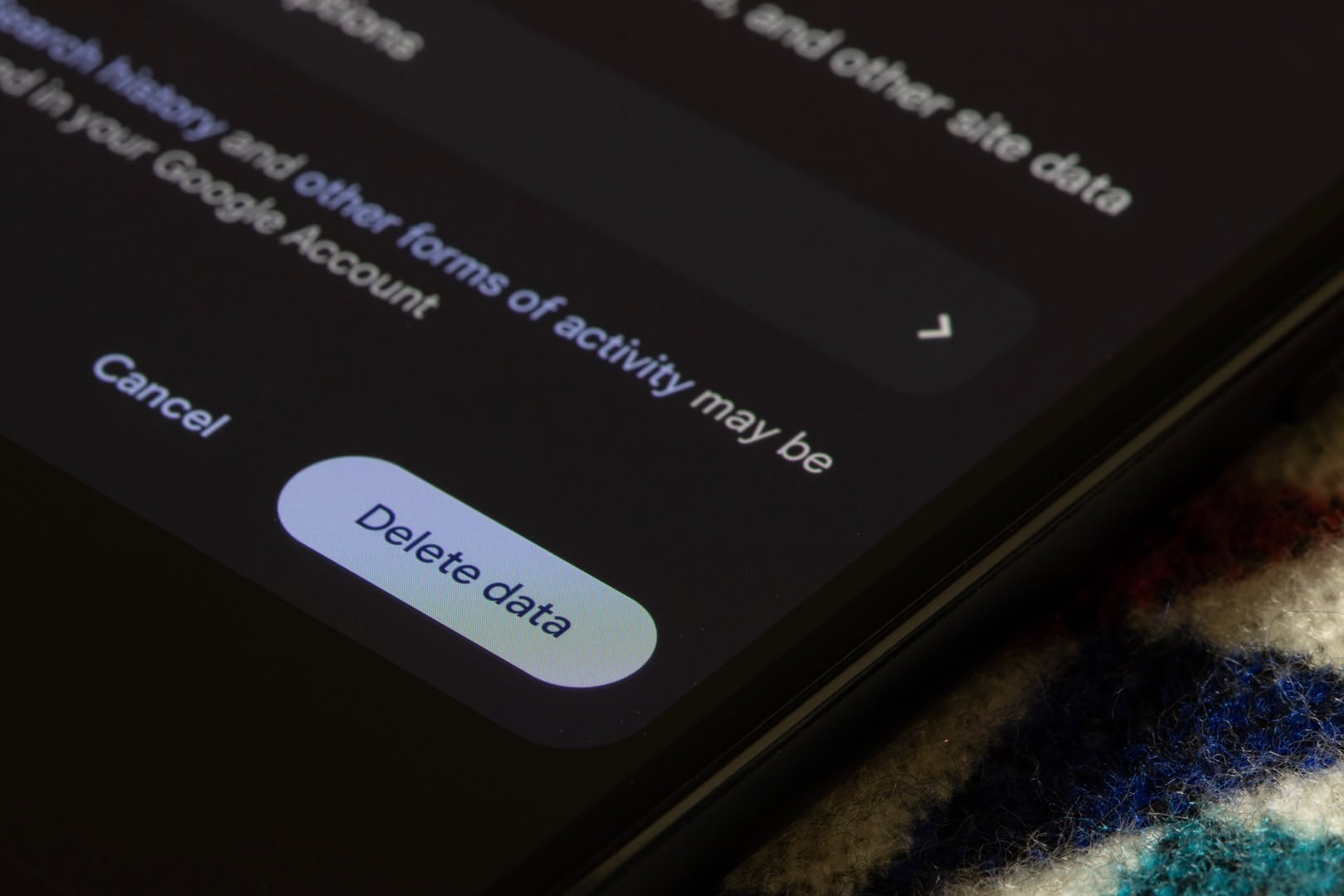Imagine sending an important document, only to find out later that it was intercepted or leaked. Data breaches happen daily, exposing confidential files and causing financial losses. Without proper security measures, your sensitive information is at risk of being accessed by cybercriminals.
The solution? Implementing secure file storage and transfer practices. By using encryption, secure cloud solutions, and best practices for file sharing, you can keep your data protected from unauthorized access.
Quick Points
- Use encrypted cloud storage to protect sensitive files from unauthorized access.
- Secure file transfers with VPNs, encrypted email, and file-sharing tools.
- Implement access controls to limit who can view or modify your files.

Why Secure File Storage Matters
Cyber threats are evolving, and unprotected files can be an easy target for hackers. Whether you’re handling business documents or personal files, securing your data ensures confidentiality and integrity.
Understanding Encryption
Encryption converts your files into unreadable formats, making them accessible only to those with the correct decryption key. End-to-end encryption ensures that only the sender and receiver can access the data.
Choosing the Right Cloud Storage Solution
Not all cloud storage providers offer strong security measures. Look for zero-knowledge encryption services like Proton Drive that ensure even the provider cannot access your data.
Physical vs. Cloud Storage Security
While cloud storage provides convenience, external hard drives with encryption offer an offline alternative that reduces the risk of online threats.
Secure File Transfer Methods
Transferring files securely is just as important as storing them. Many file-sharing methods expose data to threats, so it’s crucial to use encrypted solutions.
Secure Email Attachments
Standard email services lack encryption. Use PGP encryption or secure email providers like Tutanota for confidential file sharing.
Encrypted File-Sharing Services
Tools like Tresorit and Sync.com allow users to share files with password protection and expiration dates, reducing the risk of unauthorized access.
Best Practices for File Security
Even with the best tools, improper handling can lead to data leaks. Follow these best practices to strengthen your file security.
Implementing Access Controls
Restrict file access based on user roles. Only authorized personnel should be able to view or edit sensitive files.
Regularly Updating Software
Outdated security software can be exploited. Ensure that cloud storage apps, encryption tools, and file-sharing software are always up to date.
Using Multi-Factor Authentication (MFA)
MFA adds an extra layer of protection, requiring users to verify their identity before accessing files.
Stay Ahead of Cyber Threats
Keeping your files secure isn’t optional—it’s essential. By using encryption, secure storage solutions, and safe transfer methods, you can protect sensitive data from cyber threats. Implement these strategies today to safeguard your digital assets.
